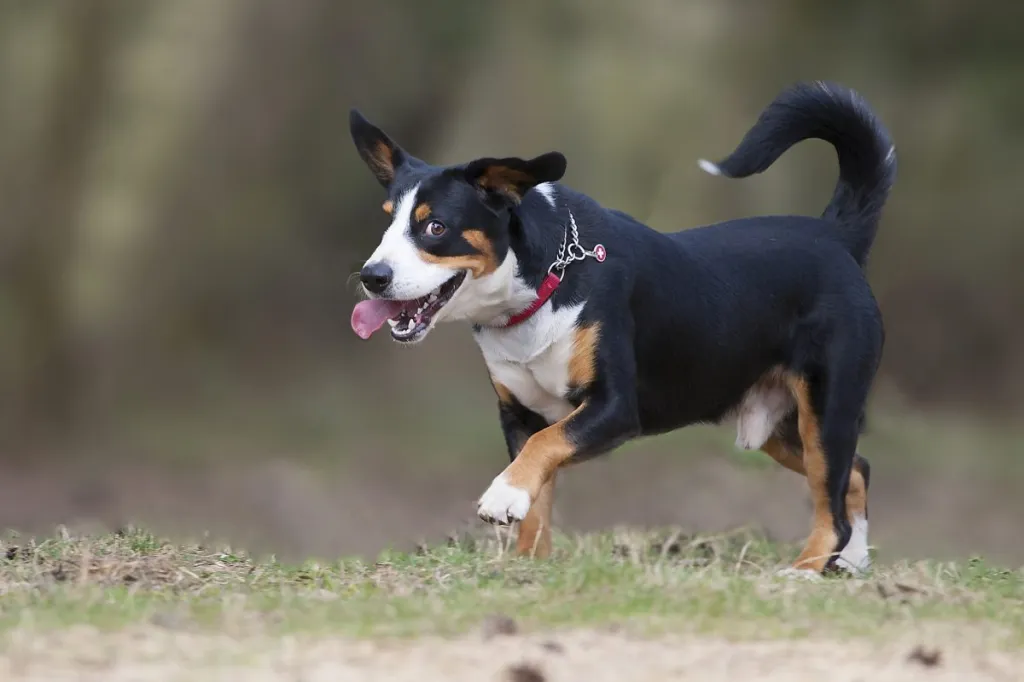NEW YORK With its “smile,” petite stature, and high level of activity, this canine breed is prepared to compete with 200 others.
Introducing the newest breed recognized by the American Kennel Club: the Lancashire heeler. The rare herding breed is now eligible for thousands of dog exhibitions in the United States, including the well-known Westminster Kennel Club show, the organization announced on Wednesday.
The winner of the National Dog Show is Stache the Sealyham terrier.
The sturdy canines, which resemble a smaller corgi, have long bodies and short coats that are frequently black and brown. They can weigh up to 17 pounds (7.7 kilograms) and stand approximately 1 foot (30 cm) at the shoulder. They were once used as farmhands who could roust rodents and drive cattle. These days, they engage in a variety of dog activities and sports.

Breeding them for over a decade, Patricia Blankenship of Flora, Mississippi, describes them as “very intelligent little dogs that are grittier than other little dogs.” It’s a pleasure to be around this breed. Contented heelers are known to occasionally retract their lips into a “smile,” as described by their official description, or breed standard, as it is known in the dog community.
Scent work and dock diving competitions are only two of the tasks that the “extremely versatile” United States Lancashire Heeler Club President, Sheryl Bradbury, claims they engage in. She does, however, advise that every Lancashire heeler “must have a job,” whether that be walking and fetching their people or participating in organized dog activities.
Lancashire heelers are considered a “vulnerable native breed” in the United Kingdom.
Lancashire heelers have been there for generations in the United Kingdom, where they are currently considered a “vulnerable native breed” in risk of extinction. The Kennel Club of Great Britain has added an average of 121 Lancashire heelers to its registration each year in recent years, and the American Kennel Club estimates that just approximately 5,000 survive globally.
The AKC, which was founded in 1884, is the United States’ oldest purebred dog registry and serves as a league for various canine contests, including sports open to both mixed-breeds and purebreds. However, in Westminster and elsewhere, only the 201 recognized breeds compete for the traditional “best in show” prizes.
In order for a breed to be recognized, its members must agree upon a breed standard and the breed must have at least 300 pedigreed dogs spread over at least 20 states. Acknowledgment is optional, and enthusiasts of certain breeds may choose to join different kennel clubs or none at all.
Animal rights advocates are against the addition of new breeds or even their continued existence. They contend that by compressing genetic variation, dog breeding fuels puppy mills, lowers the number of pets adopted, and exacerbates health issues in dogs.
According to the AKC, it encourages ethical “breeding for type and function” to create pets with traits that owners can reasonably anticipate and prepare for as well as dogs with unique abilities, such tracking down lost persons. Since 1995, the club has donated more than $32 million to a charity that funds research on the health of dogs.











